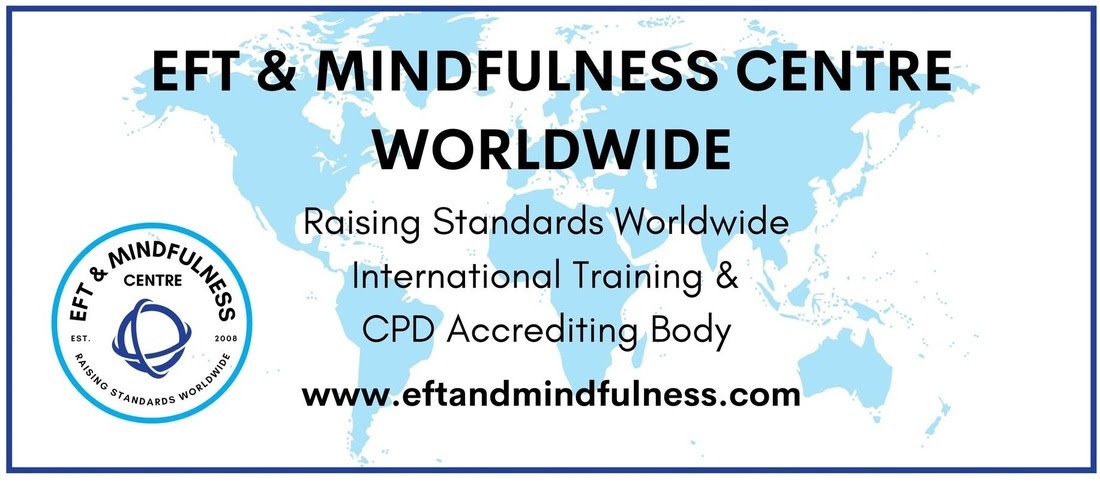What is Guided Drawing?
Guided Drawing (Elbrecht, 2018) is a form of bilateral drawing which uses both hands to create images with pastels, crayons, chalk, or paint as a way to release feelings and emotions stored in the body. In Guided Drawing, you can recreate the tension that you feel in your body through repetitive movements on the paper so that it can be released (Elbrecht, 2018; Malchiodi, 2020). With this process, the goal isn’t to make a picture, although you may create some interesting and unusual images. We are focussing on a body process supported by art materials that Elbrecht describes as an internal massage. For example, suppose you experience tension in a part of your body. In that case, you can tune into the sensation and safely discharge it by creating repetitive markings on your paper with art materials. Guided Drawing also makes use of archetypal shapes, which have various qualities to support the release of different feeling states, emotions, and stored body memories. You can read more in the link below.
‘Mirrored’. Bilateral drawing with pastel and marker. Kaety Moon
Making a crossover pattern from left to right and right to left strengthens our brain hemispheres’ coordination. These bilateral actions support coordination not only in physical movement but also coordination in thinking and emotions. In this way, we can process our emotions and are able to make sense of our inner and outer worlds more easily instead of becoming too activated and overwhelmed (Elbrecht, 2018).
I completed my training ‘Healing Trauma with Guided Drawing’ with the Institute for Sensorimotor Art Therapy in 2021, and now regularly use this process in art therapy sessions.
For more information about Guided Drawing with Adults, please watch:
Examples of bilateral movements in Healing Moon therapy sessions include creating large shapes in the air with our hands, expressive movements using our bodies, and the shapes we create on paper. I have also created a series of body tapping routines that promote emotional regulation which you learn in session and can practice at home.
‘Back to Back’. Bilateral drawing with pastels on Paper. Kaety Moon
Sources:
Cornelia Elbrecht (2021), Healing trauma in children with clay field therapy; how Sensorimotor Art Therapy supports the embodiment of developmental milestones. North Atlantic Books.
Cornelia Elbrecht (2018), Healing Trauma with Guided Drawing. North Atlantic Books.
Cathy Malchiodi (2020), Trauma and Expressive Arts. Guildford Press.






